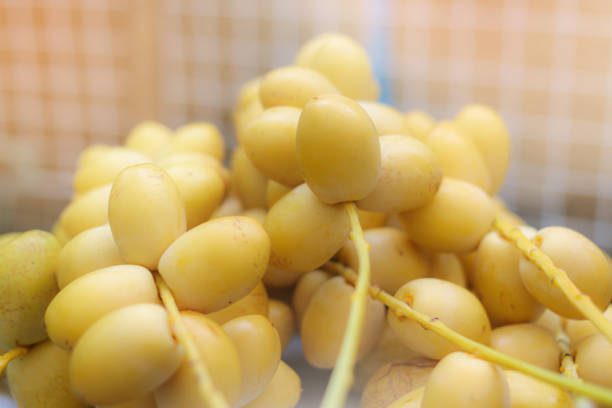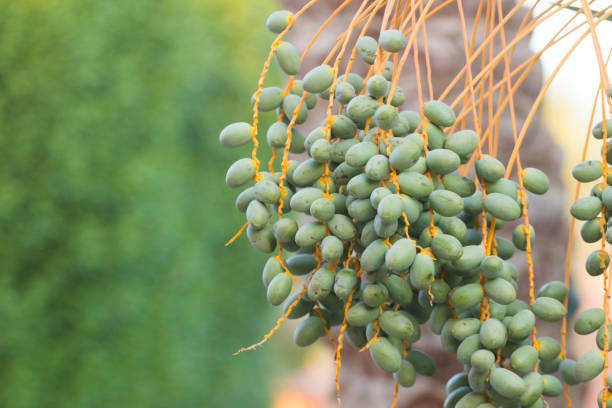Sustainability of Argan Oil Harvesting
Located in the barren areas of the south of Morocco, it is an area that produces some of the most precious and valuable liquid in the world—argan oil. This nut oil with prized properties extracted from the kernels of an argan tree became attracting the interest of the beauty and food industries. But with the increasing demand for this “miracle oil,” some concerns are in order about the sustainability of argan oil harvesting. In this article, we will first explain how argan oil is produced, understand the negative effects of its production, and then discuss the measures to sustain its production.
The Argan Tree: Nature’s Gift to Morocco
Before we proceed into the sustainability of argan oil harvesting, one can only marvel at the sheer singularities of the argan tree. Argania spinosa, or more commonly known, is a relatively slow-growing and drought-adapted species native to Morocco. These are resilient trees, with some species known to live up to 200 years, and they are very instrumental in checking on desertification in this part of the world.
Widely distributed across almost 2.5 million hectares, argan forest is officially a UNESCO Biosphere Reserve. This has benefited the ecosystem, and with this comes the understanding of the importance of controlling the manner in which it is managed.

Other Old Techniques of Harvesting
Sustainability of argan oil harvesting is fully embedded in traditional cultures that have been handed down through generations. For many years, Berber women have been in charge of the processing of argan oil. Traditionally, they pick the natural shedding of the fruits on the ground, spread these on the bare ground to dry before frying and then hulling them to get the kernels bearing the oil.
Such an approach to extracting the oil is tiresome but guarantees quality oil while it does not harm the trees. In this case, traditional harvesters use fruits that naturally fall on the forest floor to ensure that balance of the ecosystem is maintained while producing this much-valued oil.
Challenges to Sustainability
Overexploitation:
Pressures to expand production include practices such as picking fruits before they are ripe or overcutting trees in a bid to get more fruits; this leads to lower yields and may harm the argan forest.
Climate change:
High temperatures and the alteration of the rainfall regime in Morocco are considered to be dangerous to the argan-forested region and its ability to bear fruit.
Habitat loss:
Encroachment of urban and agricultural activities selective on argan forests, thus limiting the area where these advantageous trees can thrive.
Economic pressures:
This is because as more firms enter the market, the price becomes more volatile, and there is always danger that the local people who have been involved in the production of argan oil will be exploited.
This paper focuses on the innovations that have occurred in sustainable harvesting.
Cooperative Systems
A key measure that has met a lot of success in ensuring that there is sustainable production of argan oil has been the formation of women cooperatives. These organizations are beneficial to local women because they offer them fair wages and training and make them feel that they are part of this industry. This way, cooperative members will be able to sustain traditional or manual methods of harvesting since there is increased demand.
The cooperative model also maintains the guard of local knowledge and culture, so the sustainability of argan oil harvesting is like a cultural element expressed as the responsibility tied to the future of the communities that benefit from the sustainability of argan oil harvesting.
Reforestation Efforts
Saving habitat and improving the long-term sustainability of argan oil harvesting, several reforestation initiatives have been implemented. These endeavors are employed to increase the area of argan forest in an attempt to create more habitat and thus increase probable future yields of the oil.
Most of the argan oil producers have incorporated social responsibility into their business by offering to plant trees in quantities proportional to the sales of the bottles of oil. This, of course, also assists in reducing the effects of deforestation of the argan trees and guarantees a steady stock of the fruits for forthcoming generations.
Technological Advancements
Modern technology plays a very small part in the production process of argan oil; however, new technologies are being incorporated in the process to optimize the product yields while maintaining the authenticity of the argan oil production. For instance, mechanical presses have been recently adopted by some of the cooperatives to substitute workers’ manual labor in direct contact with kernels and ensure the oil quality at the same level.
Moreover, GPS and satellite imagery of the argan forest are used to monitor its health and identify an early sign of problems that would require conservation.
Certification and traceability are the two methodologies that are used in meeting the international standards set by various organizations.
In order to guarantee the sustainability of argan oil harvesting and also shield the consumer from fake goods, several forms of certification have been invented. Some are the organic certifications, fair trade labels, and geographic indications that ensure that the argan oil produced is genuine and obtained in the correct way.
By pushing for the use of strong traceability programs, it is possible to enable consumers to locate their argan oil to producers, hence pushing for good practices in the supply chain.
Sustainable Harvesting: Its Economic Implications
Again, the sustainability of argan oil harvesting is not limited to environmental conservation, though it has many economic consequences for the local population. With the focus put on its sustainability, the argan oil industry has turned into a strong source of earnings for the majority of Moroccan rural women.
Through this economic liberalization, several aspects such as quality of life, education, and general state of employment among several of the people involved in the sector have been enhanced. Hence, their sustainability of argan oil harvesting must be sustained in order to support the growth of these communities in the future.
Future Outlook
In particular to the future, the sustainability of argan oil harvesting is facing both threats and opportunities. The issue of climate change is one of the burning topics that have not lost their relevance over the years and still demand submission to varied adaptation and reduction efforts. Nevertheless, an increasing demand for organic and fairly-traded products offers the argan oil industry a valuable chance to be as responsible for its production as possible.
Further studies and practical experiments concerning renewed planting and exploitation of the argan tree and innovative uses and applications of its products will be a critical factor in the sustainable utilization of this valuable resource. By integrating the local knowledge with advanced technologies in the production of argan oil, the sector can act as a guideline to a sustainable utilization of natural resources.

Conclusion
Environmental, social, and economic implications are at the heart of the sustainability of argan oil harvesting. By effectively combining time-honoured practices and new ideas, Morocco and global stakeholders make sure that this precious asset remains a valuable source of positive development for the people as well as the environment for many years hence.
FAQs
Is wild harvesting more sustainable than cultivation-based argan oil production?
Wild harvesting has been used in the past, but both ways can be sustainable if properly utilized. Wild methods maintain the natural system; however, cultivation can be used for supply production without much pressure on wild trees. Much of it boils down to the capacity of both methods in practicing sound systems to assure the sustainability of argan oil harvesting.
What can I do to guarantee the Argan oil I will buy is eco-friendly?
Companies should be certified, for instance, with organic, fair trade, or protected geographical indication (PGI) labels. These suggest that the oil has been produced using appropriate social, ecological, and moral production standards. Further, check on the certain brand’s sourcing policies and environmental sustainability policies before making a purchase.

